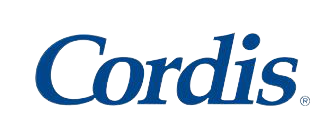
At the time, Cordis had less than a 1% share of the market for angioplasty balloons, which are used to open the blocked arteries of cardiac patients. Cordis’s goal was to deploy a new product strategy to achieve at least a 5% gain in market share, a difficult task in a highly competitive market.

With Strategyn’s help, we introduced 19 new angioplasty balloon products—all of which became number 1 or 2 in the market. Our market share grew from 1% to over 20%. In addition, we reprioritized resources to become the first to market with the stent. It was the fastest growing medical device in history and became a $1 billion industry in less than two years.”
The interviews focused not on what features these professionals would like to see in an angioplasty balloon but rather on the outcomes they wanted to achieve as they tried to restore blood flow in an artery. Cordis used the data from quantitative research efforts to formulate a completely new product strategy. It addressed important, unsatisfied needs in newly discovered market segments. The data also led Cordis to conclude that some of its products then in development were likely to fail, and so it suspended costly further work on them.
Cordis gained a market leadership position in angioplasty balloons, but that was just the beginning.
With the data obtained from the outcome-based market studies, it quickly recognized the potential value of a device that could be placed in a treated artery to prevent a blockage from recurring. The company went on to develop the stent, which became the fastest-growing product in medical device history, producing nearly $1 billion in revenue in its first year. In 1996, Johnson & Johnson acquired Cordis at $109 a share.
If you’re ready to launch the next big thing, it’s time to upgrade to Outcome-Driven Innovation. Get in touch to speak with one of our innovation experts.
Copyright ©2024 Strategyn LLC. All Rights Reserved. | Sitemap